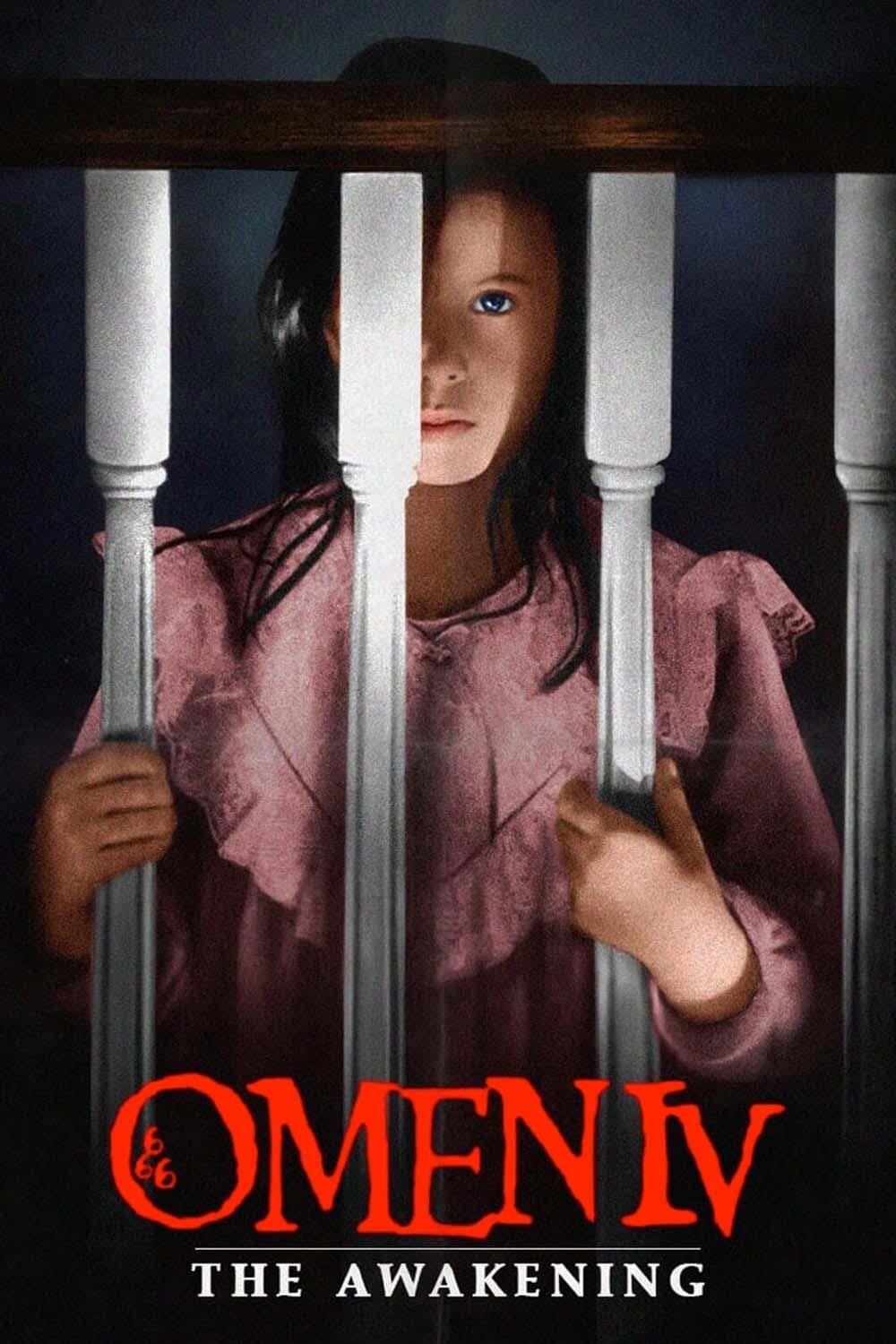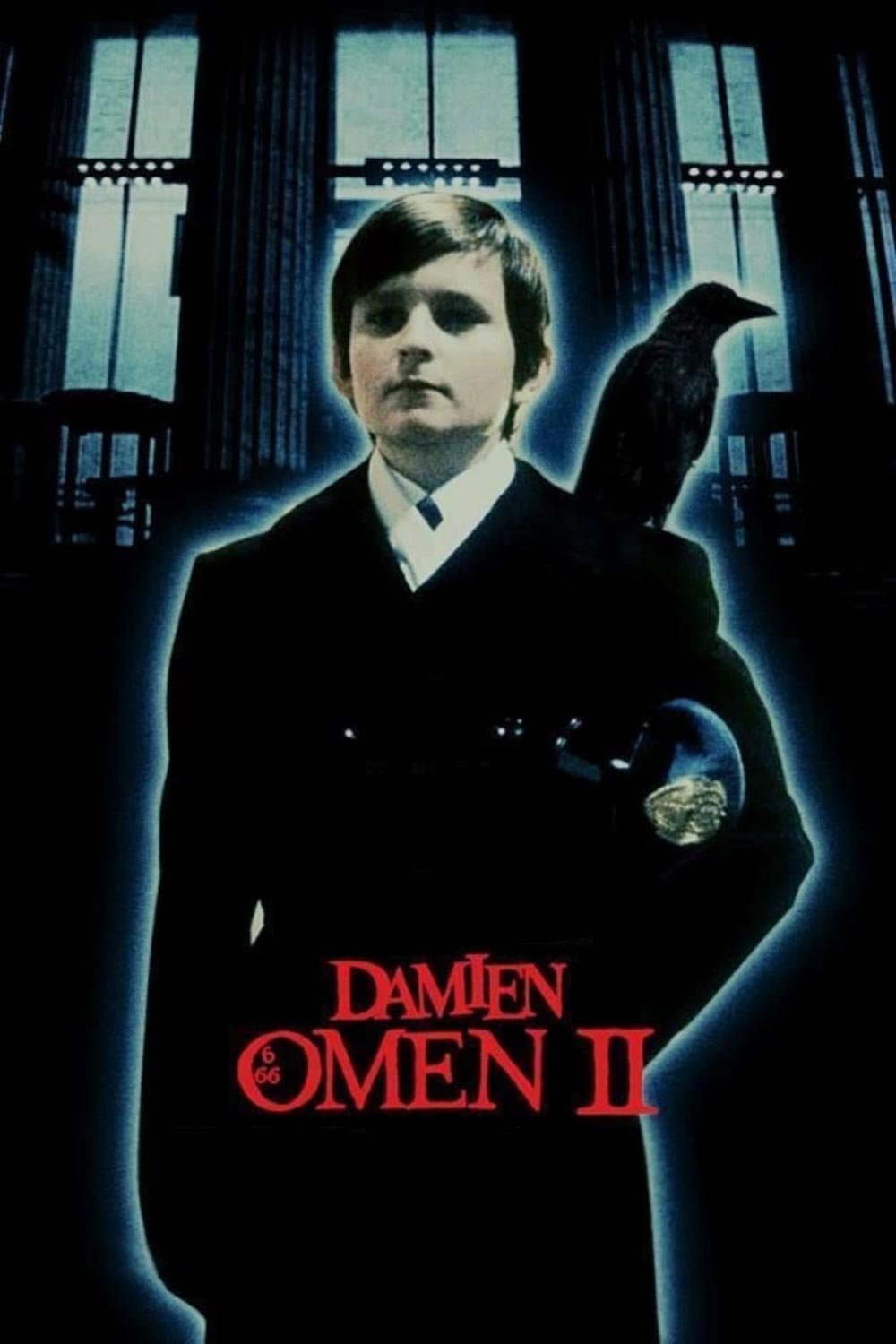Published on
With “The First Omen” set to hit screens, it’s the perfect time to revisit the original “Omen” films. Until now, I’ve only seen the 1976 classic and its 2006 remake, but I’ve never taken the time to explore the sequels. This week, I’m diving into all four films: the initial trilogy and the fourth made-for-TV movie. When watching a franchise marathon, it’s intriguing to spot the recurring themes and contradictions that stand out when the previous movie is still fresh in your mind. However, let’s leave those discussions for later reviews, because right now, we’re focusing on where it all began with “The Omen” (1976).
“The Omen” is a chilling horror film directed by Richard Donner that follows the ominous tale of Ambassador Robert Thorn (Gregory Peck) and his wife, Katherine (Lee Remick), who unknowingly adopt a sinister child, Damien (Harvey Stephens), after their own baby dies at birth. As Damien grows older, strange and terrifying occurrences begin to unfold around him, leading Robert to uncover a horrifying truth: his son is the Antichrist, destined to bring about the apocalypse. Faced with the horrifying realization of his son’s true nature, Robert must confront the forces of evil to protect the world from Damien’s sinister destiny.
“The Omen” clearly draws inspiration from classic horror films like “The Exorcist” and “Rosemary’s Baby,” tapping into the “satanic panic” that swept through the 1970s. It’s essentially a movie grounded in themes of faith, where the villain is a five-year-old child protected by Satan’s minions, and the heroes are priests with the knowledge to destroy the Antichrist. At its core, though, “The Omen” is about a group of adults trying to kill a small boy. The sight of a 60-year-old Gregory Peck lunging over the body of a five-year-old with a massive dagger isn’t something you see every day in Hollywood—or in any film, for that matter.
The most surprising aspect of “The Omen” is how passive the character of Damien actually is. Given the premise, you might expect a “killer kid” movie akin to “Mikey” or “The Good Son.” However, Damien is a largely unaware child who doesn’t yet grasp his dark origins or the sinister destiny he’s meant to fulfill. He’s just a five-year-old who occasionally casts eerie glances at the camera and throws a fit when his parents bring him to a church wedding. But then again, you don’t have to be the son of Satan to do that.
The movie is filled with deaths, but they tend to be self-inflicted, caused by someone protecting Damien, or the result of a freak accident. It’s the freak accidents that really stand out—they’re the most inventive parts of the film and feel like an early inspiration for the “Final Destination” series. Yet, it’s never entirely clear whether Damien is consciously causing these incidents or if a higher power is shielding him from harm. This ambiguity adds to the unsettling atmosphere, leaving audiences wondering if the child is an unwitting pawn in a much larger, more sinister game.
Despite being almost 50 years old, “The Omen” has aged remarkably well, boasting several iconic moments that linger long after the credits roll. It’s a quintessentially grim 1970s religious horror film, embracing a tone of heavy seriousness. While I generally don’t revisit these somber horror classics as often as more playful, tongue-in-cheek fare like “Scream“, “A Nightmare on Elm Street” or “Child’s Play“, “The Omen” is undeniably worth recommending, particularly for fans of the “Final Destination” movies. Its eerie atmosphere and shocking set pieces remain just as chilling today as they were when it first premiered.








